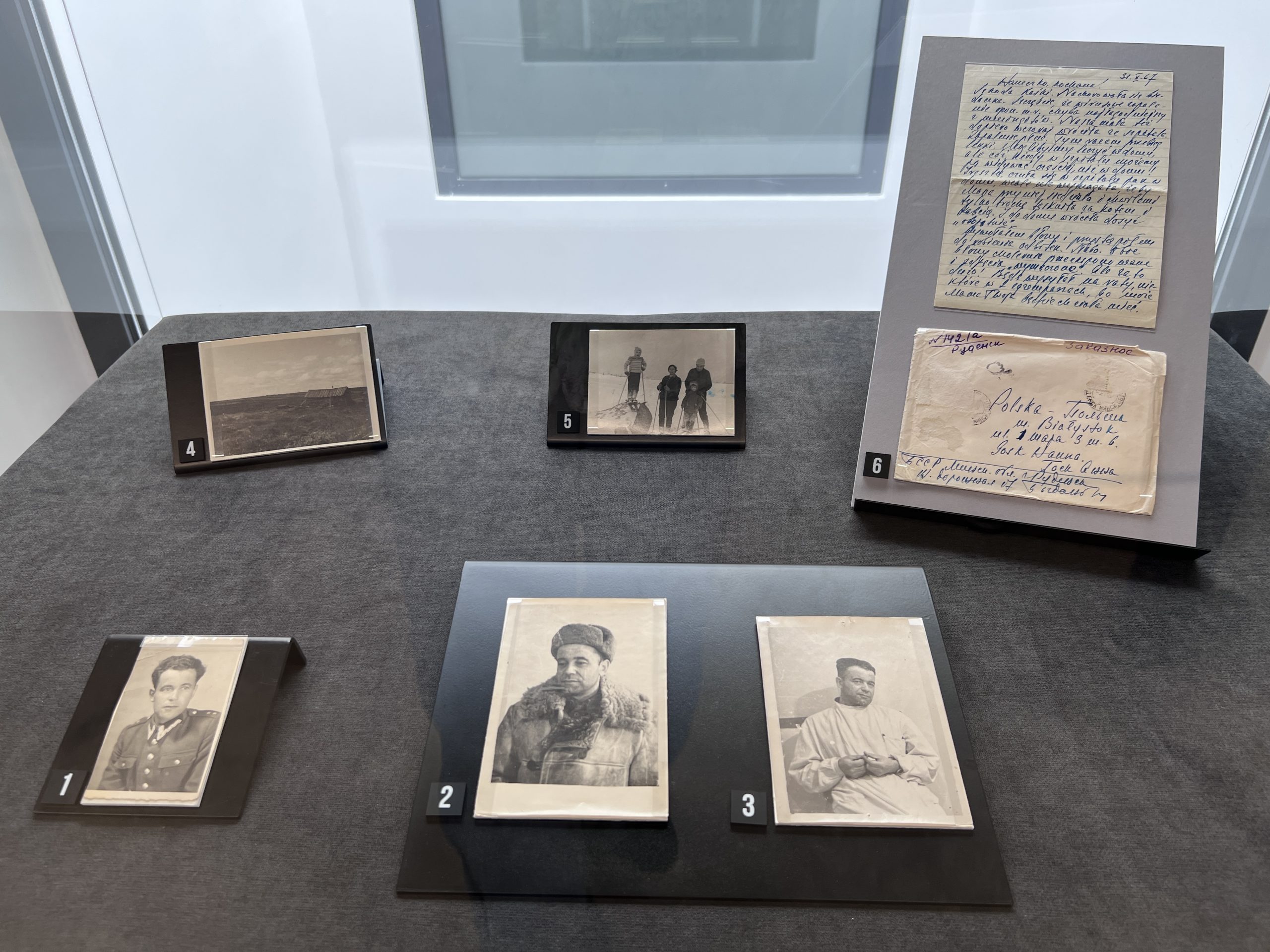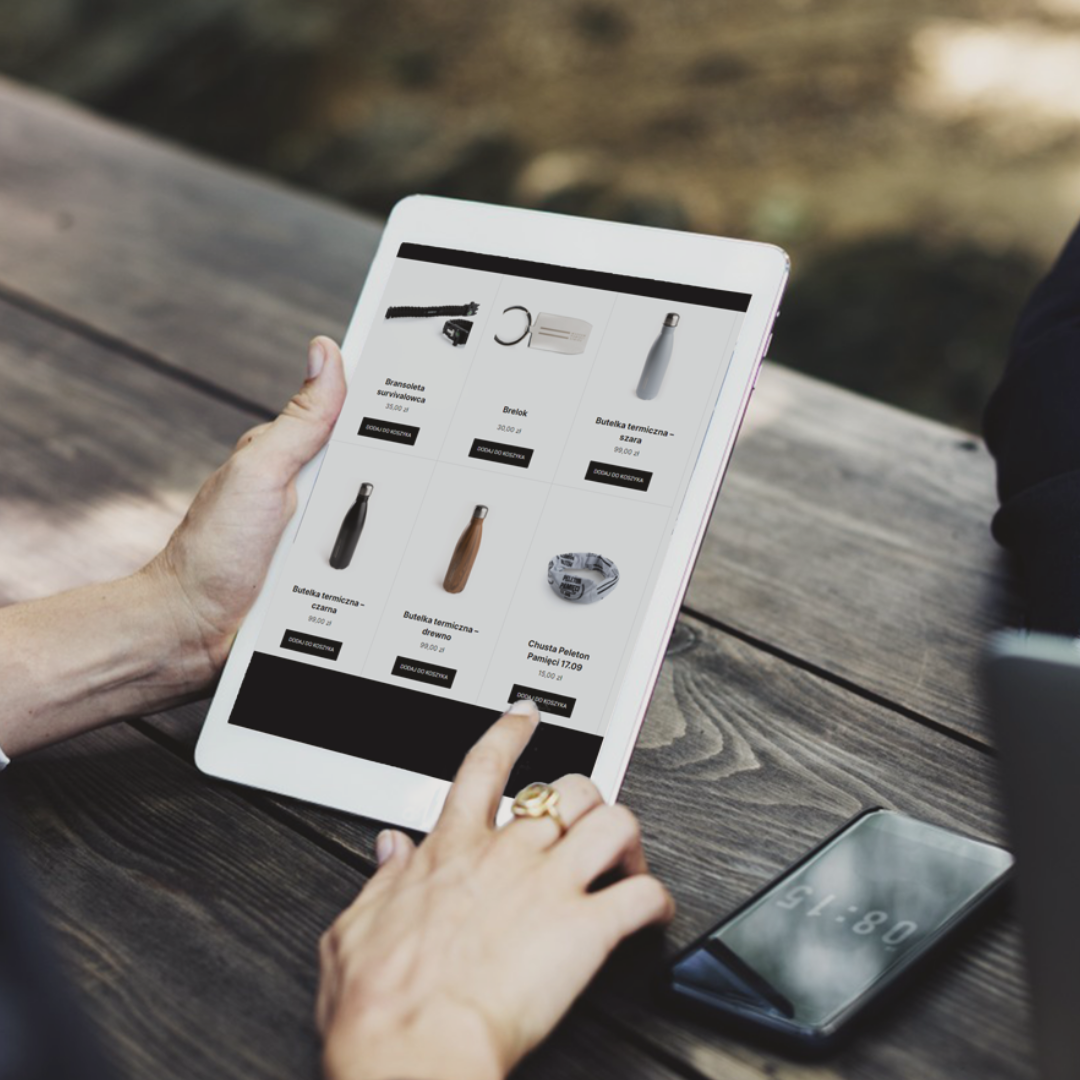Soviet terror could affect one family even several times. It happened, among others, to the Bogdanowicz family, which suffered Soviet repression both during and after World War II. Photos and letters from the archive of this family are presented as September “Exhibit of the Month”.
On October 17, 1939, one month after the invasion of Poland, the Soviets arrested Vyacheslav Bogdanowicz — a Belarusian activist, a pre-war senator of the Republic of Poland, rector of the Orthodox Seminary in Vilnius and a councilor of this city. His further fate is not fully known. It is only known that he died in 1939 or 1940 while being deported deep into the Soviet Union or was shot.
Wiaczesław’s son Gleb, a doctor by education, collaborated with the Home Army during the war. In 1944, he was forcibly conscripted into the Belarusian forces collaborating with the Germans, but managed to escape from them a few months later. After the end of the war, he became the director of the hospital in Wysokie Mazowieckie. Soon he was arrested for the first time by the Security Office, but he regained his freedom thanks to the intervention of the Provincial Health Department. He decided to move to Ełk, where he also took the position of hospital director and worked as a garrison doctor.
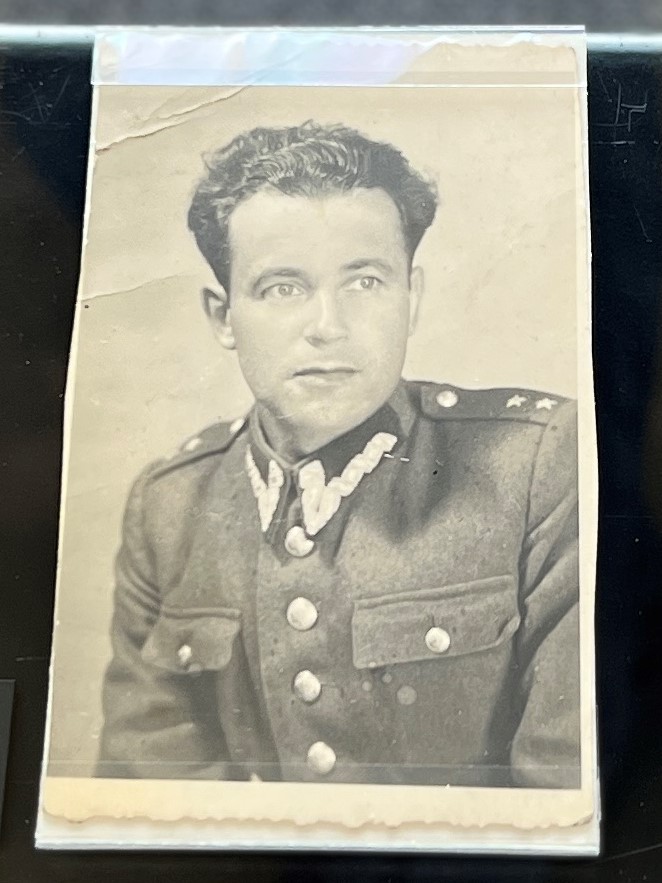
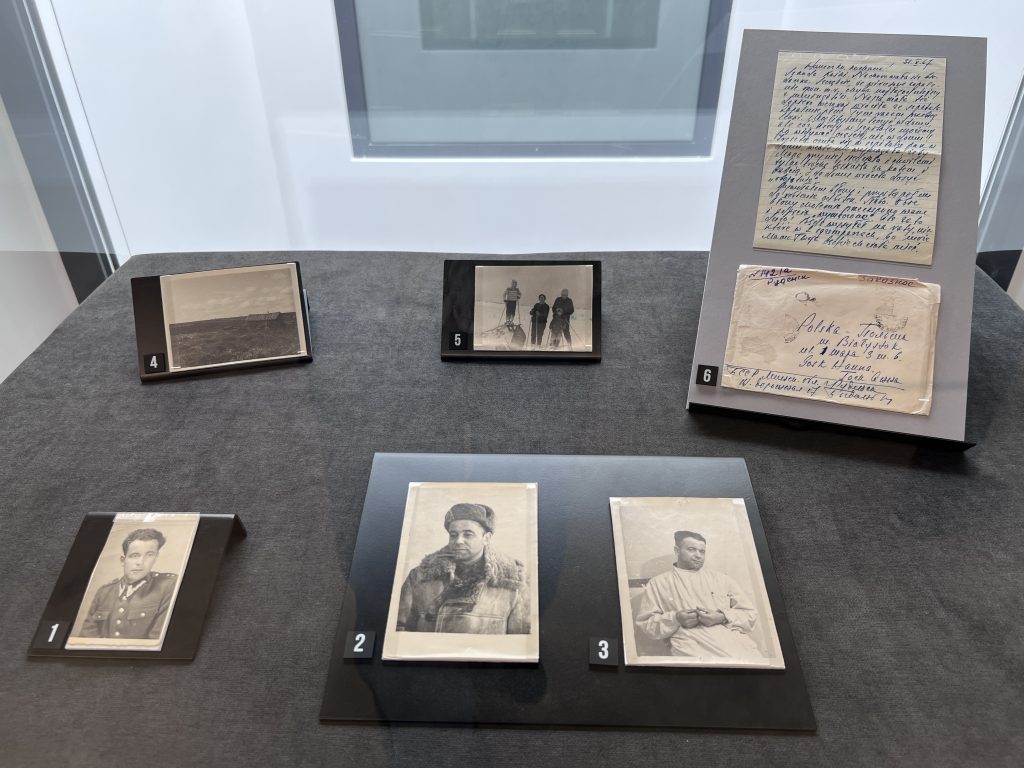
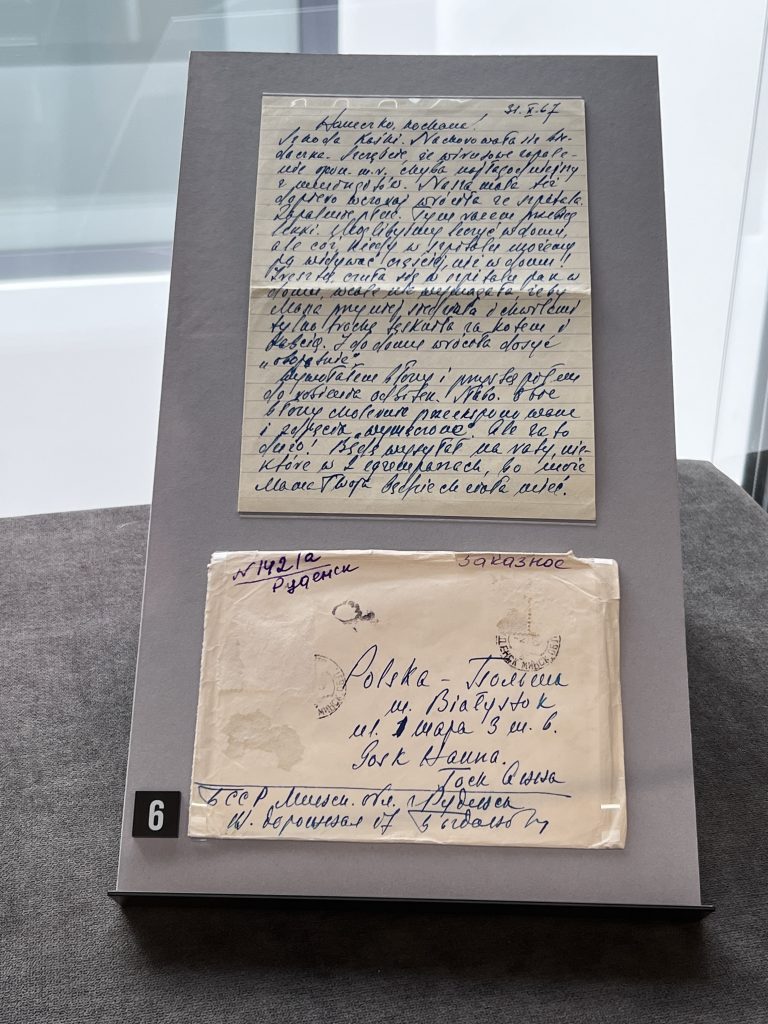
In 1948 or 1949 he was arrested again, tried and sent to the Soviet Union, to the Vorkuta camps, where he was imprisoned until 1959. For the first years he worked building the construction of the railways and in the mine, and then as a camp doctor. After serving his sentence, he was not allowed to return to Poland, so he settled in Rudeńsk in the Belarusian Soviet Socialist Republic. There he married Maria, a doctor of Ukrainian origin. The couple had two children and three grandchildren. Gleb Bogdanovich died in 1971 and was buried in the cemetery in Rudensk.
His niece, Hanna Gosk, told about Gleb Bogdanowicz at the Sybir Memorial Museum. She donated to our collections, among others, correspondence with her relative and photographs taken by him.
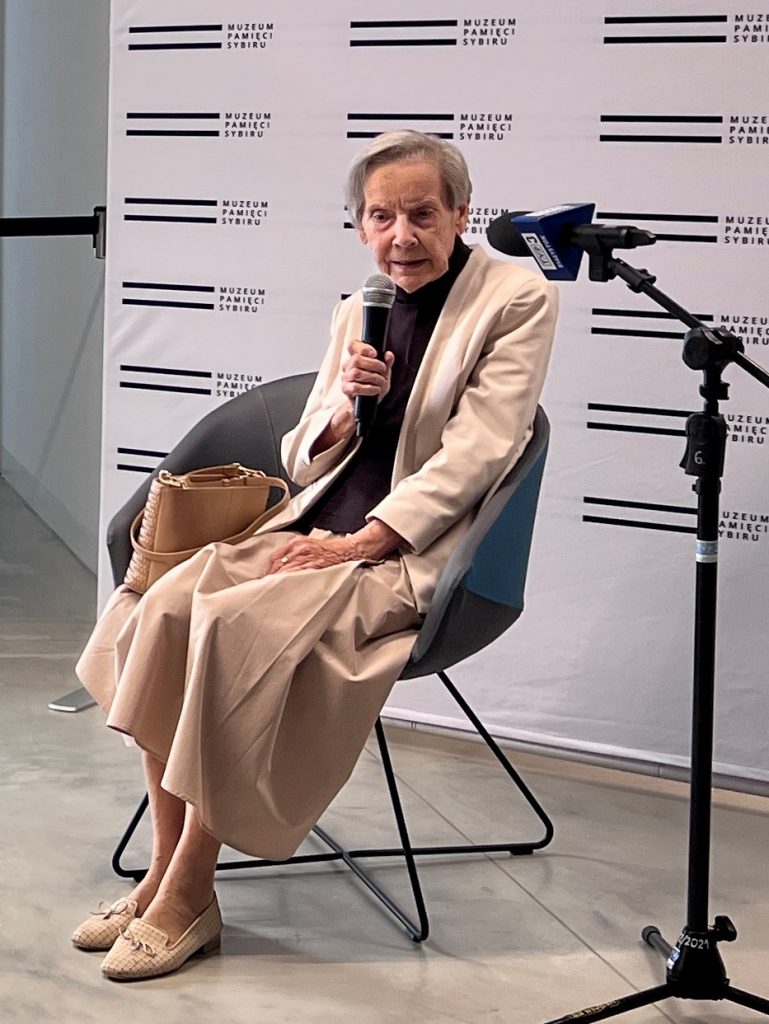
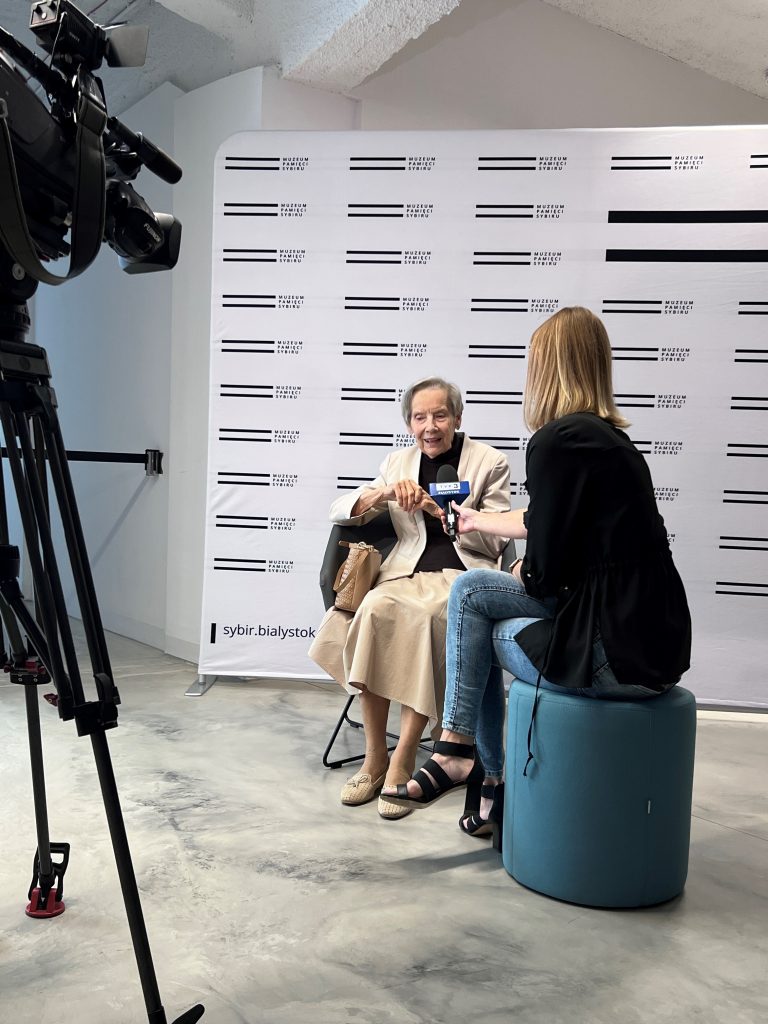
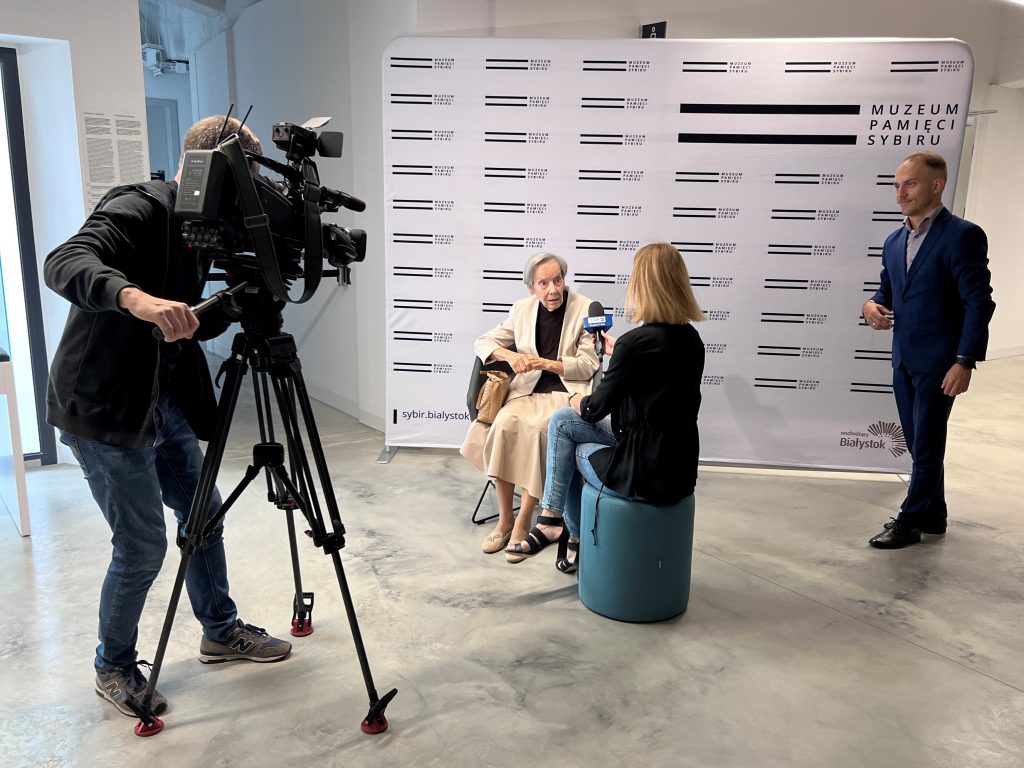
“A Renaissance man”, “of a beautiful character” — this is how Mrs. Gosk described her uncle.
Gleba’s niece started a correspondence with him when, after several years of work in the Vorkuta mine, he was appointed a doctor at the local hospital.
“He was a photographer by passion,” — she recalled, — drawing attention to the photographs of his authorship, presented in the museum display case. — He sent me very short letters and a lot of photos, I collected them all — she said. — I met him in Belarus, it was in the times when Poles went for gold. My uncle prepared a gift for me, I have it on my finger now. I haven’t worn it until now, it was a souvenir, but I remembered it and today I wore it — she admitted with a smile, showing her hand.
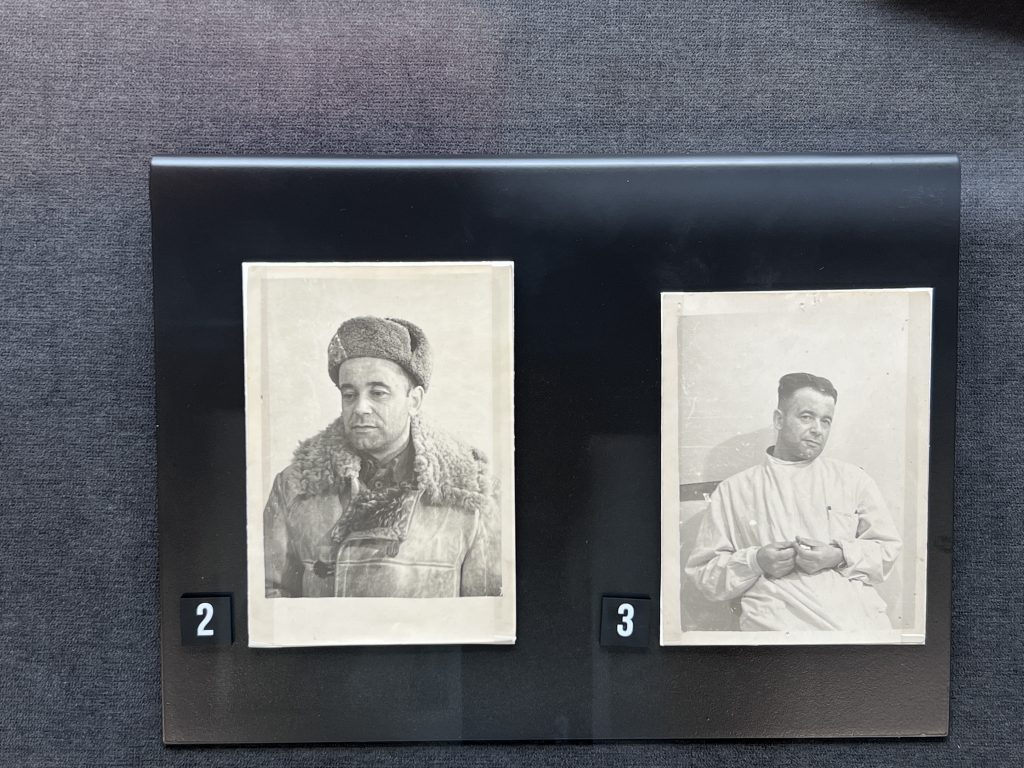
— Uncle’s funeral in Rudeńsk was a manifestation of love for a good man, a good doctor — she emphasized. — “He was a man, against which no one was indifferent.
Souvenirs of Gleb Bogdanowicz will be on display in the upper hall of the Sybir Memorial Museum until the beginning of October, when we will present another “Exhibit of the Month”. You’re welcome!




